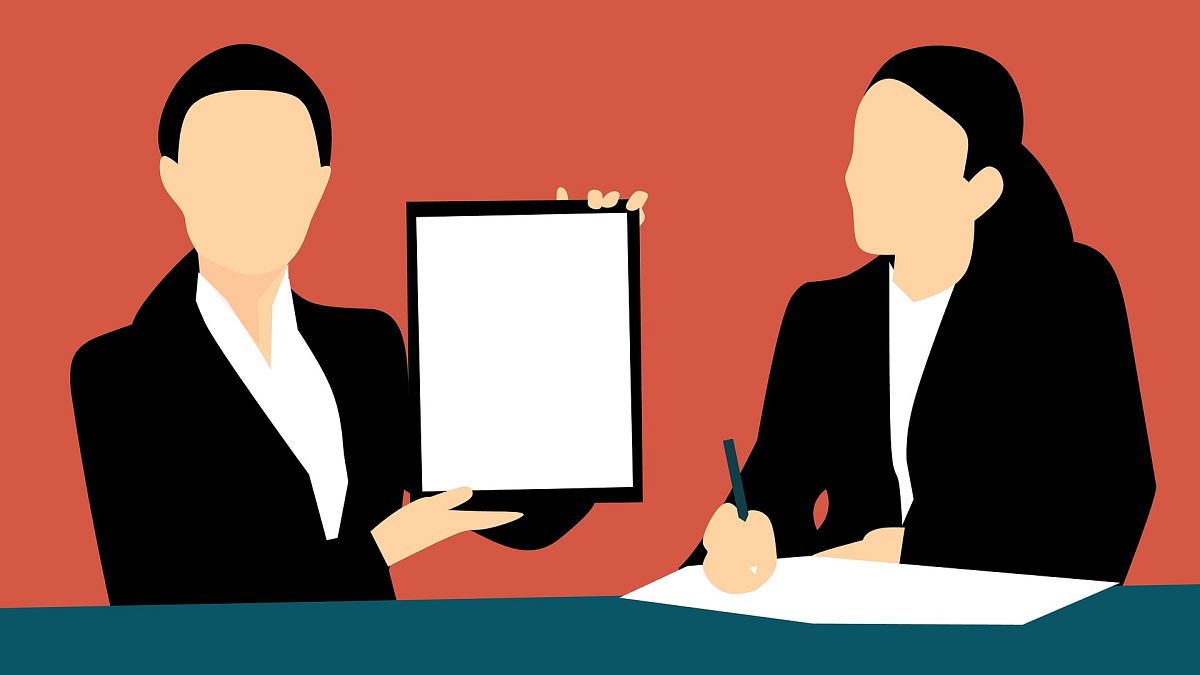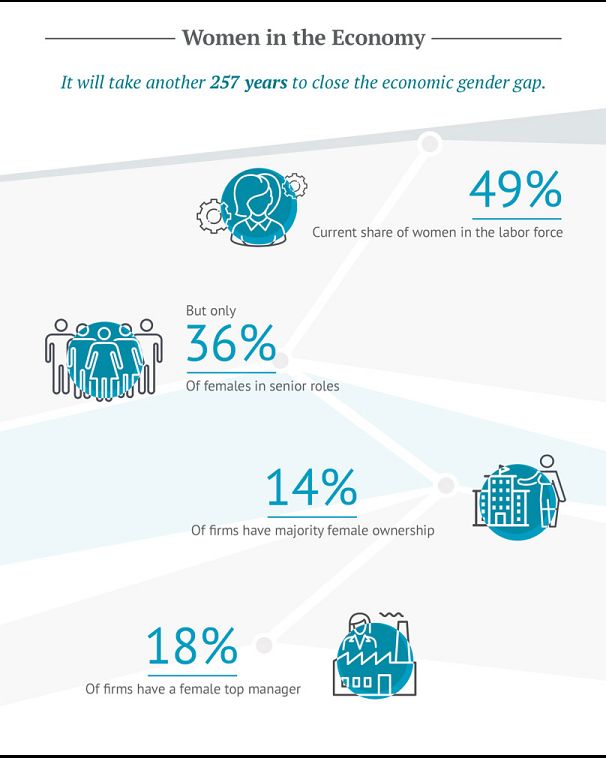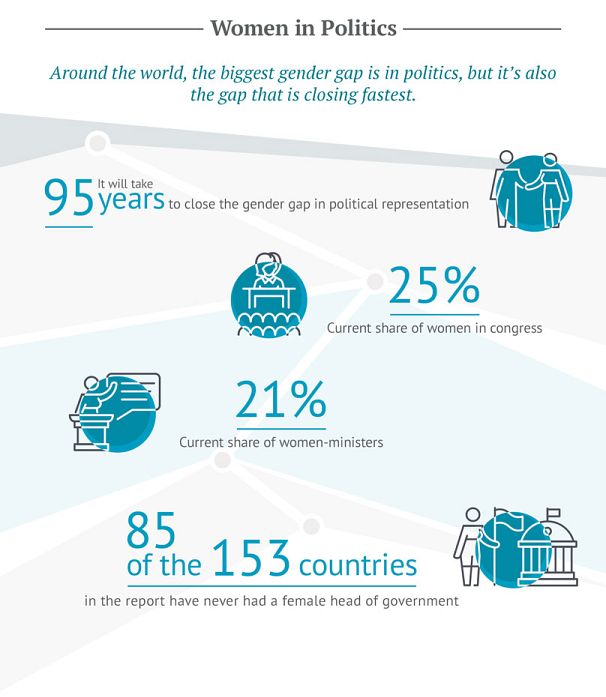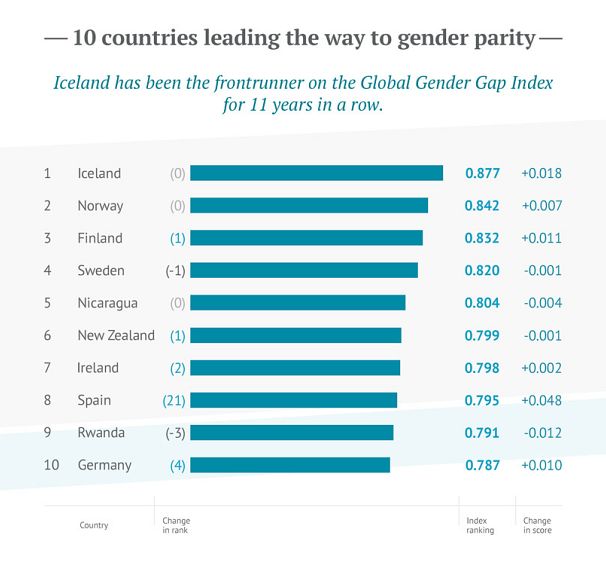The report finds that, despite the gap having closed in recent years, progress is slowing – last year it was estimated that it would be 202 years until full parity was achieved.
It will take 257 years for the economic gender gap to close at the current rate of progress, according to the Global Gender Gap Report 2020.
The report finds that, despite the gap having closed in recent years, progress is slowing – last year it was estimated that it would be 202 years until full parity was achieved, and now this year over 50 extra years have been added.
The World Economic Forum has been measuring the gender gap in the Global Gender Gap Report since 2006. In addition to economic issues, the report also considers politics, education and health. The figures are more encouraging in the latter two, in which 96.1 per cent and 95.7 per cent parity have been achieved, respectively.
Globally, 45 per cent of working-age women are not in the labour market, compared to 22 per cent of men. Those women who do work receive 60 per cent of what men earn, for the same work. There are still 72 countries in which women are barred from opening bank accounts or obtaining credit.
Access to the professions of the future is also an issue for women. While in the area of "people and culture" women represent 65 per cent of workers, only 12 per cent of "cloud computing" workers and only 15 per cent of engineers are women – a situation that could see an increase in the economic gap as a whole in years to come.
Political representation: the biggest gender gap
Of the four areas studied by the report, the field of politics sees the biggest gender gap. In terms of elected representatives, at the current rate of progress there are still 95 years to go until we see equal numbers of men and women, and 85 countries of the 153 covered in the report have never had a female head of government.
However, the political empowerment gender gap has seen the most significant improvement of all four areas studied since 2006, with an improvement of 1.8 percentage points since 2019.
Nordic countries: the region leading the change
The gender gap varies greatly according to region – while it will take 54 years for western Europe to close the gap at its current pace, parity in North America is still 151 years away.
For the eleventh consecutive year, Iceland has topped the list as the country closest to gender parity, followed by Norway and Finland.
At the other end of the scale, Yemen was found to have the worst rates of gender parity, with Iraq second-last and Pakistan third from bottom.
How is the World Economic Forum is tackling the topic?
"Fairer Economies" is one of the seven themes of this year’s Davos annual gathering of global leaders. At this 50th meeting, the Forum is committing to doubling female participation in the event by 2030, by improving women's representation in the various stakeholder groups.
It has also implemented "Closing the Gender Gap Accelerators," a programme encouraging co-ordinated action between relevant ministries and employers. The aim is to give women access to more leadership positions, to close the wage gap and to give them the skills they need for the jobs of the future. The Forum is currently working with nine economies to create such accelerators and expects to have 15 by the end of this year.



